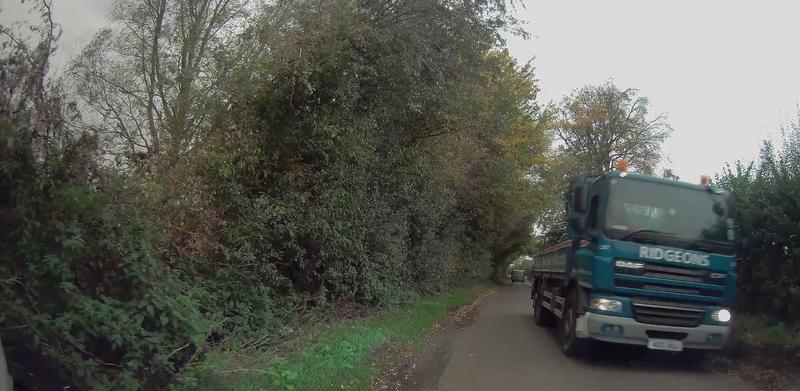Luton Driver
New Member
- Joined
- Nov 29, 2014
- Messages
- 5
- Reaction score
- 0
- Country
- United Kingdom
Hopefully you can see this screenshot of footage taken on a cloudy day. This is the tale of two cameras, there is the camera that takes clear photos of number plates of passing cars on sunny days but as soon as the sun goes in number plates become a fuzzy mess. This photo was taken while I was stationary as a lorry squeezed passed yet there is not a single frame where the number plate can be read. The camera has the lasted 3.3 software and uses a filter to cut the reflection. It is also at the maximum quality setting. Is it just me or is this a characteristic of the camera?


